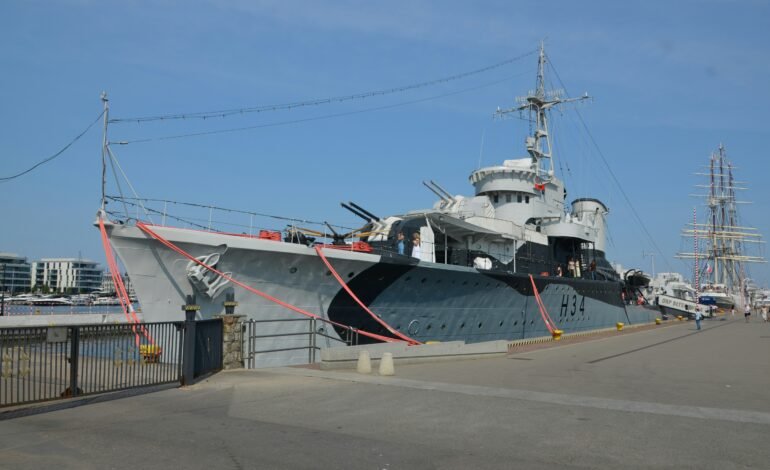Photo of Stanisław Krawczyk in Unsplash
Venezuelan Defense Minister Vladimir Padrino López stated that the number of US spy plane flights "against" Venezuela increased significantly in August—tripling. According to Padrino, these operations went from being carried out during the day to also taking place at night and early in the morning, with reconnaissance and intelligence flights near the Venezuelan coast.
Among the aircraft mentioned by the official are the RC-135, specialized in signal gathering, and the E-3 Sentry AWACS, an airborne command post with rotating radar capabilities. The presence of tanker flights that provide fuel to these aircraft was also reported.
In response, Nicolás Maduro's government announced the project known as Caribe Soberano 200, aimed at strengthening air and maritime surveillance, training civilian militias, and increasing patrols in the Venezuelan Caribbean to counter what they describe as a U.S. military threat.
Caracas also denounces that US vessels have been deployed in the Caribbean Sea in parallel with these air missions, adding to diplomatic tensions. Washington, for its part, justifies the military presence in the area as part of anti-drug operations.
The Venezuelan government warns that these actions could lead to airspace violations, military accidents, or unintentional confrontations, and accuses the U.S. of violating operational rules by failing to notify flight plans on many occasions.
For more stories like this, follow More Latin.
Sources:

